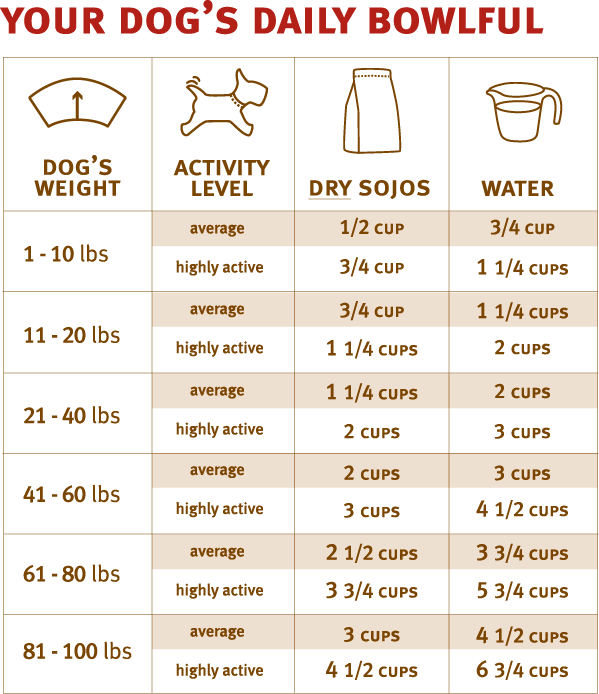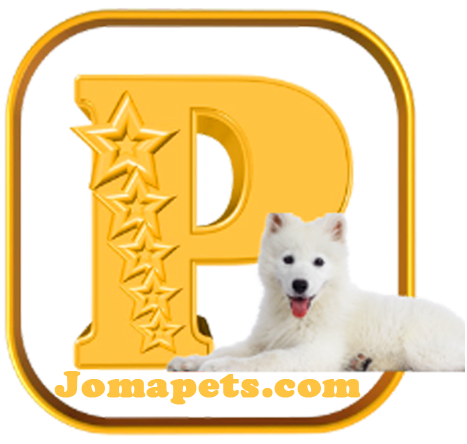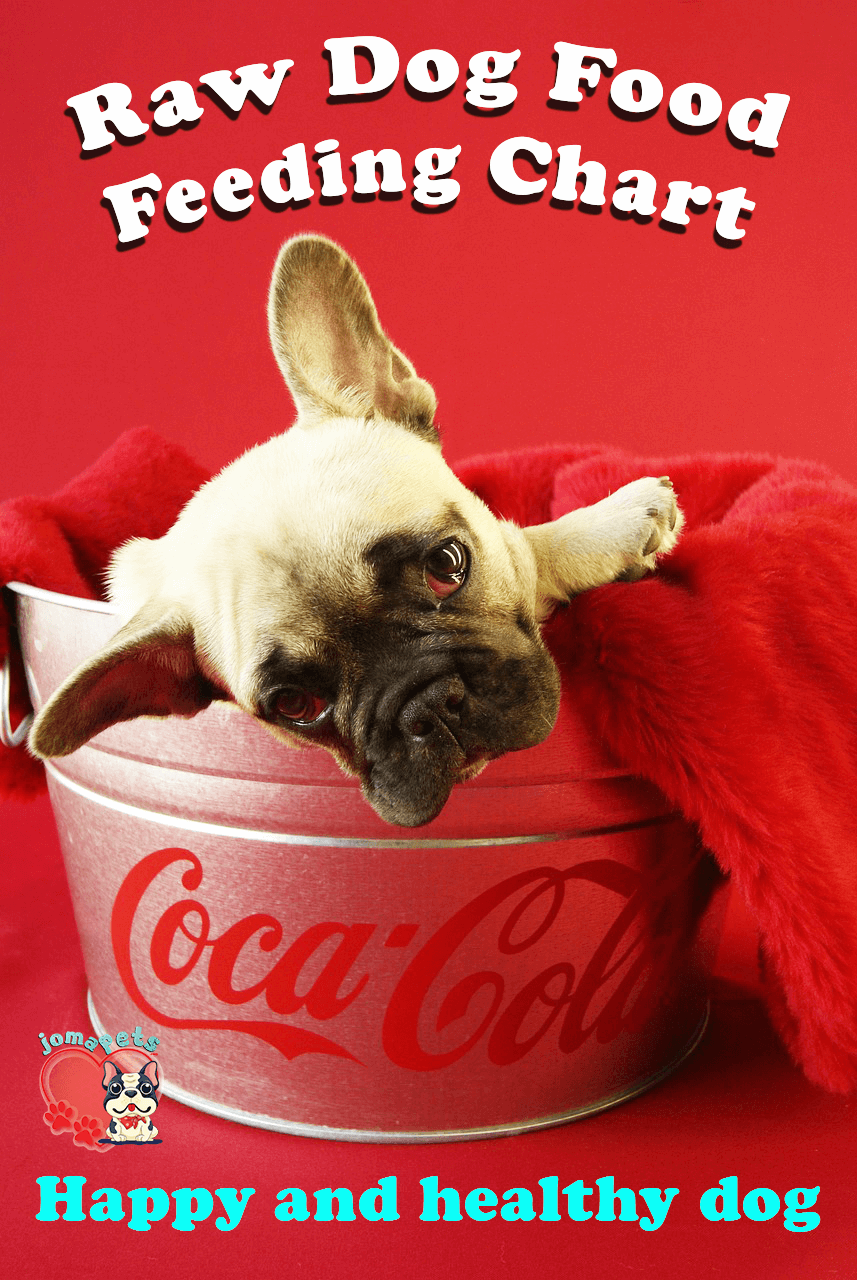Raw feeding for dogs is a gaining momentum diet trend. This diet mimics a canine’s natural eating habits in the wild. It includes raw meat, bones, fruits, and vegetables. Many pet owners turn to raw food to enhance their dogs‘ health and vitality.
Benefits Of A Raw Diet For Dogs
Improved digestion, healthier skin and coat, and increased energy are a few benefits that dogs may experience on a raw diet. A raw diet can also lead to cleaner teeth and smaller, less smelly stools. Pet owners often report positive changes in their dogs’ health after switching to raw food.
- Better digestion
- Shiny coat
- More energy
- Clean teeth
- Reduced stool odor
Transitioning Your Dog To Raw Food
Switching your dog to a raw diet should be a gradual process. Start by mixing raw food with their current diet. Over time, the raw portion should be increased while the old food is decreased. This gradual change helps prevent digestive upset. Keep a close eye on how your dog responds to the new diet. Look for any signs of digestive issues or allergies.
- Mix raw food with the current diet.
- Gradually increase the raw portion.
- Monitor your dog’s health.
Raw dog food feeding chart provides portion sizes based on a dog’s weight and activity level. It’s a guideline for owners who choose a raw diet for their pets.
Transitioning your dog to a raw diet requires a balance of proteins, fats, and other nutrients to ensure their health and well-being. This nutritional approach often involves a variety of meats, bones, organ meats, and sometimes fruits and vegetables. Raw feeding charts help pet owners determine the right amount of food to maintain their dog’s ideal weight and energy levels.
When switching to raw food, it’s essential to consult with a veterinarian or a canine nutritionist, as each dog’s dietary needs vary. A well-structured feeding chart can be valuable in creating a balanced raw diet for your furry friend, promoting optimal health and vitality.

Credit: www.sojos.com
Introduction To Raw Dog Food Feeding Chart
Understanding Canine Nutritional Needs
Like humans, dogs require a balanced diet to maintain health and vitality. The right balance of nutrients is crucial for their growth, energy levels, and overall well-being. Let’s dive into the essentials of canine nutrition.
Macronutrients: Proteins, Fats, And Carbohydrates
Dogs need proteins for solid muscles and tissue repair. Animal-based proteins provide essential amino acids. Fats offer energy and support cell function. Healthy fats also keep a dog’s coat shiny. Carbohydrates, while not a primary requirement, can provide additional energy. Fibrous carbs aid in digestion.
| Nutrient | Function | Recommended Amount |
|---|---|---|
| Proteins | Build and repair tissues | Varies by age, breed, and activity level |
| Fats | Energy and cell function | 5-20% of total diet |
| Carbohydrates | Additional energy and digestion | Optional but beneficial |
Vitamins And Minerals Essentials
Vitamins and minerals support numerous body processes.
They strengthen the immune system and bone health. Dogs often get these from a well-rounded diet. Supplements might be necessary for some dogs.
- Calcium for strong bones and teeth
- Vitamin A for vision and immune health
- Vitamin E for cell function and metabolism
Always seek advice from a veterinarian before adding supplements to your dog’s diet. Veterinarians can identify specific needs based on individual health.
Determining Portion Sizes
Determining The Size of your dog’s portion is crucial for its health. Proper portions keep your dog lean and energetic. Here’s how to calculate the appropriate quantity.
Calculating Based On Weight
To start, know your dog’s weight. Most feeding charts use this as a base. A simple rule is 2-3% of the dog’s body weight in food daily. For a dog weighing 50 pounds, that’s about 1 to 1.5 pounds of raw food daily. Use this table to guide you:
| Dog’s Weight (lbs) | Food per Day (lbs) |
|---|---|
| 10 | 0.2 – 0.3 |
| 20 | 0.4 – 0.6 |
| 50 | 1.0 – 1.5 |
| 80 | 1.6 – 2.4 |
| 100 | 2.0 – 3.0 |
Adjusting For Activity Levels
Active dogs need more food. It fuels their energy needs. A simple guide is:
- Low activity: Feed 2% of body weight
- Moderate activity: Feed 2.5% of body weight
- High activity: Feed 3% of body weight
Check your dog’s weight and activity. Adjust the food amount as needed. This keeps your dog in perfect shape.
Credit: www.pinterest.com
Creating A Balanced Meal Plan
Designing a meal plan for your dog involves more than just meat. A balanced diet ensures your dog gets all essential nutrients. Let’s explore how to create meals that keep your furry friend healthy and happy.
Protein Variety And Rotation
Protein is crucial for your dog’s health. It builds muscles and repairs tissues. However, not all proteins are alike. Different meats offer unique benefits. It’s vital to rotate proteins to avoid deficiencies and allergies.
- Start with lean meats like chicken or turkey.
- Add red meats such as beef or lamb for iron.
- Include fish to supply omega-3 fatty acids.
- Don’t forget organ meats; they’re nutrient-dense.
By switching proteins regularly, your dog’s diet stays diverse and nutritious. Aim for a new protein source every few weeks.
Incorporating Fruits And Vegetables
Fruits and vegetables are not fillers. They’re packed with vitamins and minerals. They help digestion and boost immunity. Include a mix in your dog’s diet.
| Fruit/Vegetable | Benefits |
|---|---|
| Carrots | Good for teeth, high in fiber |
| Blueberries | Antioxidants for cell health |
| Apples | Provides vitamins A and C |
| Spinach | Iron and calcium-rich |
Chop fruits and veggies into bite-sized pieces. Mix them into your dog’s meals. Aim for 10-30% of their diet to be plant-based.
Remember, balance and variety are essential to a healthy dog. Use this guide to craft delicious and nutritious meals for your canine companion.
Raw Diet Types
Choosing the right raw diet for your furry friend is crucial. Two popular raw diet types stand out: the Prey Model and BARF. Each type offers unique benefits. Let’s dive into the details and see which might suit your dog best.
Prey Model Vs. Barf
The Prey Model diet aims to mimic a dog’s natural ancestral diet. It focuses on whole prey and animal parts. This diet typically includes:
- 80% muscle meat
- 10% raw edible bone
- 5% liver
- 5% other organs
Bones And Raw Food (BARF) is another approach. It includes fruits and vegetables, believing they are beneficial. This diet usually contains:
- 70% muscle meat
- 10% edible bone
- 7% vegetables
- 5% liver
- 5% other organs
- 3% fruit
Commercial Raw Options
For busy pet owners, commercial raw food is a convenient choice. These products come in different forms:
- Freeze-dried pellets
- Frozen patties
- Dehydrated mixes
They provide balanced nutrition and are easy to serve. Look for brands with high-quality ingredients.
A vet should always be consulted before altering your dog’s food.
. They can help create a feeding chart tailored to your dog’s needs.
Feeding Chart Guidelines
Understanding the right amount of raw food for your dog is crucial for their health. A feeding chart serves as a roadmap for your dog’s diet. It ensures your furry friend gets the perfect balance of nutrients. Let’s explore the tailored guidelines for puppies, adults, and senior dogs.
Puppy Feeding Considerations
Puppies grow fast and need more food to support their development. The chart below outlines the recommended daily amounts based on puppy age and expected adult weight.
Add more rows as necessary
| Age | Expected Adult Weight | Daily Food Intake |
|---|---|---|
| 2-4 months | Small (1-10kg) | 9-10% of body weight |
| 2-4 months | Medium (10-25kg) | 8% of body weight |
| 2-4 months | Large (25kg+) | 7% of body weight |
Divide this amount into three to four meals per day. Adjust portions as your puppy grows. Regularly check their bodily health and weight.
Adult And Senior Dog Adjustments
Adult and senior dogs have different dietary needs. Use the chart below to adjust food quantity based on activity levels and health.
- Adult dogs: Typically require 2% to 3% of their body weight in raw food daily.
- Active dogs May need an increased intake of up to 4% to support their energy.
- Senior dogs often need less food due to a slower metabolism. Start with 2% and adjust as needed.
Remember, each dog is unique. Regular check-ups with your vet help ensure your dog stays healthy. Always observe your dog’s appetite and weight, and change its diet as needed.
Monitor your dog’s health: Look for a shiny coat, healthy skin, and bright eyes. These are signs of proper nutrition.
Supplements And Additives
Understanding the role of supplements and additives in a raw dog food diet is vital. Dogs often get essential nutrients from their meals. Yet, some may need an extra boost. This is where supplements come in.
When To Use Supplements
Supplements should not be a random choice. Use them based on your dog’s specific needs. Factors include age, health, and activity level. A puppy may need different supplements than a senior dog. Active dogs might benefit from joint support. Dogs with skin issues may need omega fatty acids.
- Joint Health: Glucosamine and chondroitin for older dogs.
- Skin and Coat: Fish oil or flaxseed for shiny fur.
- Digestive Aids: Probiotics for gut health.
- Vitamins: Multivitamins to fill nutritional gaps.
Choosing Quality Additives
Selecting the suitable additives is just as important as deciding to use them. Look for high-quality, natural options. Avoid additions such as artificial flavors, colors, or preservatives.
| Additive Type | Benefits | What to Look For |
|---|---|---|
| Probiotics | Support gut health | Live, active cultures |
| Antioxidants | Combat free radicals | Natural sources like blueberries |
| Omega Fatty Acids | Improve coat quality | Pure fish oil or krill oil |
| Enzymes | Aid digestion | Natural enzymes from fruits or vegetables |
Always choose supplements and additives with clear labels. It should list all the ingredients. Ensure they meet your pet’s dietary requirements. When in doubt, consult a vet.
Monitoring Your Dog’s Health
Monitoring Your Dog’s Health is crucial when feeding raw dog food. As a pet owner, you must watch for signs that show whether your dog thrives on its diet.
Signs Of Nutritional Imbalance
Identifying nutritional imbalances early can prevent health issues. Look for these signs:
- Low energy levels – Your dog seems less active.
- Poor coat quality – The fur may look dull or shed excessively.
- Weight changes – Sudden weight loss or gain is a red flag.
- Digestive problems – Watch for diarrhea or vomiting.
These signs indicate the need for dietary adjustments.
Regular Check-ups And Adjustments
Scheduling routine veterinary examinations is crucial to keeping your dog healthy. The vet can catch issues you might miss. They can also suggest dietary tweaks based on:
| Check-Up | Purpose |
|---|---|
| Weight Monitoring | Ensure your dog is not underweight or overweight. |
| Blood Tests | Check for any nutrient deficiencies or excesses. |
| Dental Checks | Ensure raw food is not harming your dog’s teeth. |
Based on these checks, your vet might adjust your dog‘s diet to suit its nutritional needs better.
Safety And Hygiene Practices
Monitoring Your Dog’s Health is crucial when feeding raw dog food. As a pet owner, you must watch for signs that show whether your dog thrives on its diet.
Signs Of Nutritional Imbalance
Identifying nutritional imbalances early can prevent health issues. Look for these signs:
- Low energy levels – Your dog seems less active.
- Poor coat quality – The fur may look dull or shed excessively.
- Weight changes – Sudden weight loss or gain is a red flag.
- Digestive problems – Watch for diarrhea or vomiting.
These signs indicate the need for dietary adjustments.
Monitoring Your Dog’s Health is crucial when feeding raw dog food.
Monitoring Your Dog’s Health is crucial when feeding raw dog food. As a pet owner, you must watch for signs that show whether your dog thrives on its diet.
Signs Of Nutritional Imbalance
Identifying nutritional imbalances early can prevent health issues. Look for these signs:
- Low energy levels – Your dog seems less active.
- Poor coat quality – The fur may look dull or shed excessively.
- Weight changes – Sudden weight loss or gain is a red flag.
- Digestive problems – Watch for diarrhea or vomiting.
These signs indicate the need for dietary adjustments.
Monitoring Your Dog’s Health is crucial when feeding raw dog food. As a pet owner, you must watch for signs that show whether your dog thrives on its diet.
Signs Of Nutritional Imbalance
Identifying nutritional imbalances early can prevent health issues. Look for these signs:
Low energy levels – Your dog seems less active.
Poor coat quality – The fur may look dull or shed excessively.
Weight changes – Sudden weight loss or gain is a red flag.
Digestive problems – Watch for diarrhea or vomiting.
These signs indicate the need for dietary adjustments.
Regular Check-ups And Adjustments
Scheduling routine veterinary examinations is crucial to keeping your dog healthy. The vet can catch issues you might miss. They can also suggest dietary tweaks based on:
Check-Up
Purpose
Weight Monitoring
Ensure your dog is not underweight or overweight.
Blood Tests
Check for any nutrient deficiencies or excesses.
Dental Checks
Ensure raw food is not harming your dog’s teeth.
Based on these checks, your vet might adjust your dog’s diet to suit its nutritional needs better.
Monitoring Your Dog’s Health is crucial when feeding raw dog food. As a pet owner, you must watch for signs that show whether your dog thrives on its diet.
Signs Of Nutritional Imbalance
Identifying nutritional imbalances early can prevent health issues. Look for these signs:
- Low energy levels – Your dog seems less active.
- Poor coat quality – The fur may look dull or shed excessively.
- Weight changes – Sudden weight loss or gain is a red flag.
- Digestive problems – Watch for diarrhea or vomiting.
These signs indicate the need for dietary adjustments.

Credit: www.pinterest.com
Success Stories And Testimonials
Discover the benefits of raw dog food through real-life success stories. Dog owners share their experiences and advice. These tales reveal the impact of a raw diet on canine health and happiness.
Real-life Transformations
See the difference a raw diet makes. Owners report shiny coats, more energy, and fewer allergies. Read about the changes they witness in their furry friends.
| Before Raw Diet | After Raw Diet |
|---|---|
| Dull coat, low energy | Glossy coat, full of life |
| Regular allergies | Reduced scratching, no allergies |
| Weight issues | Healthy weight management |
Owner Insights And Advice
Owners share their top tips. Start slow, monitor your dog, and adjust portions as needed. Use a feeding chart for guidance. Here’s what they suggest:
- Begin with small raw food portions.
- Watch your dog’s reaction closely.
- Adjust meals based on activity level.
- Consult with a vet regularly.
Remember, every dog is unique. What fits one person cannot fit another. Tailor the diet to your dog’s needs. Enjoy the journey to better health!
Conclusion And Next Steps
Conclusion and Next Steps guide you as you embrace a raw food diet for your dog. Let’s review key actions to take moving forward.
Embracing The Raw Food Journey
Starting your dog on a raw diet can seem daunting. Here are simple steps to begin:
- Consult your vet to ensure it suits your dog’s health needs.
- Start slowly, mixing raw food with their current diet.
- Monitor your dog’s health as you transition foods.
- Adjust portions based on your dog’s reaction and energy levels.
This gradual approach helps your dog adjust without distress.
Further Resources And Support
For guidance and further reading:
- Books and websites on canine nutrition.
- Online forums where pet owners share experiences.
- Professional advice from pet nutritionists.
These resources empower you with knowledge and community support.
Remember, each dog is unique. Tailor these steps to fit your pet’s needs and health conditions. Enjoy the journey to a happier, healthier dog.
Critical of Raw Dog food calculator
The Raw Dog Food Calculator is an invaluable tool for pet owners seeking to provide optimal nutrition for their furry companions. This innovative tool allows users to tailor their dog’s diet based on weight, age, activity level, and desired protein sources.
The calculator generates precise feeding recommendations by inputting these variables, ensuring dogs receive a balanced diet rich in essential nutrients. With the rising popularity of raw feeding among pet owners, this calculator simplifies creating homemade meals, promoting better health and vitality for dogs while empowering owners to make informed dietary choices.
Frequently Asked Questions
How Much To Feed A Dog Raw Food Per Day?
Adult dogs should be fed 2-3% of their body weight in raw food daily, split into two meals. Puppies may require up to 10% due to growth needs. Adjust amounts based on activity levels and weight goals.
What Is The 80 10 10 Rule For Raw Dog Food?
The 80 10 10 rule for raw dog food suggests a diet of 80% muscle meat, 10% organ meat, and 10% bones, aiming for nutritional balance.
How Many Pounds Of Raw Food Should A 70-Pound Dog Eat?
A 70-pound dog typically requires about 1. 75 to 2. 75 pounds of raw food daily, split between two meals. Adjust portions based on activity level and individual needs.
How Much Raw Food Should I Feed My Dog Chart?
Adult dogs should be fed 2-3% of their body weight in raw food daily, divided into two meals. Puppies may require 2-4% of their expected adult weight, divided into three to four meals. Adjust portions based on activity level and weight goals.
Always consult with a veterinarian for personalized advice.
Conclusion
Navigating the raw food realm for your dog doesn’t have to be daunting. Our feeding chart simplifies meal planning to promote your pup’s health. Remember, individual needs vary; consult a vet for personalized advice. Tailoring your dog’s diet ensures a happy, energetic companion by your side.
Start the journey to optimum nutrition today!

I’m a Canada, UAE, US, and UK-based writer and dog expert blogger. I spent over five years learning about dog food and grooming techniques. Additionally, I recommend avoiding and properly treating various physical problems in dogs. I am here to share my knowledge about good dog nutrition and care.

